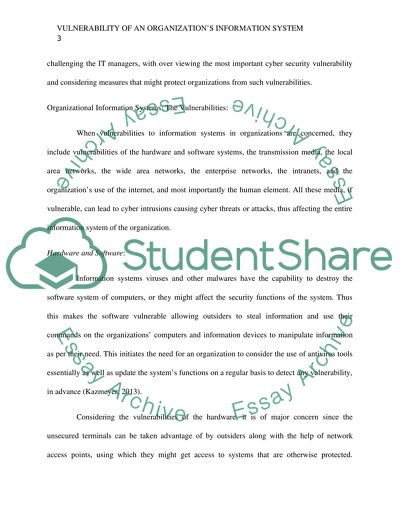Cite this document
(“Vulnerability of an organizations information system Research Paper”, n.d.)
Retrieved from https://studentshare.org/information-technology/1404094-vulnerability-of-an-organizations-information
Retrieved from https://studentshare.org/information-technology/1404094-vulnerability-of-an-organizations-information
(Vulnerability of an Organizations Information System Research Paper)
https://studentshare.org/information-technology/1404094-vulnerability-of-an-organizations-information.
https://studentshare.org/information-technology/1404094-vulnerability-of-an-organizations-information.
“Vulnerability of an Organizations Information System Research Paper”, n.d. https://studentshare.org/information-technology/1404094-vulnerability-of-an-organizations-information.


